General Excise Taxes & Transient Accomodation Taxes on Oahu, Hawaii Rental Income (Oahu GET & TAT)
/Oahu, Hawaii, is a stunning destination known for its beautiful beaches, vibrant culture, and thriving real estate market. However, it's essential to understand the impact of the general excise tax (GET) and transient accommodation tax (TAT), and how these taxes apply to rental income earned on Oahu. In this article, we will explore these taxes and the rates for the upcoming (2024) tax year.
Hawaii General Excise Tax (GET)
Hawaii General Excise Tax is assessed by each County, based upon the gross revenue received by a taxpayer. Many people confuse the Hawaii General Excise Tax with sales tax because it is generally tacked on to the price of goods and services purchased, like a sales tax. However, GET is not sales tax. GET applies to all gross income received (excluding W-2 employment) so applies to self employment income, as well as rental income proceeds. You should note that GET is owed, in addition to both state and federal income tax.
What is Oahu GET?
For 2024, the Hawaii State GET is 4%. There is also a Honolulu County (Oahu) surcharge of 0.5%, for a total of 4.5% GET on Oahu. Oahu consumers will see this tax passed on as a tax of 4.712% on their bills for goods and services. There is GET collected for the GET!!
How Does GET Impact an Oahu Homeowner?
Hawaii consumers will see GET charged on the following:
~ Purchases at retail establishments (looks like a sales tax)
~ Services from people such as contractors, plumbers, electricians, etc.
~ Services provided by Realtors, lawyers, accountants, and other licensed professionals
~ Online purchases shipped to Hawaii (again, looks like a sales tax)
Hawaii consumers also will owe GET, even if not self-employed, for:
~ Rental revenue received for investment properties
~ 1099 income received from any source
NOTE: GET is not owed for income received through capital gains in selling a home (this is covered by federal and state Capital Gains Tax) or on the sale price of a home (this is covered by Conveyance Tax).
This is not an all inclusive list of items which warrant payment of GET to the State of Hawaii. Please consult with a tax professional for detailed questions on whether or not GET is owed for any particular circumstance.
Hawaii TAT or Transient Accommodations Tax on Short-Term Rentals Tax, Plus Oahu TAT
Oahu rental income is subject to the GET mentioned above at a rate of 4.5%. An additional Hawaii tax is charged on income received from rentals of less than 6 months in duration, aka Short-Term Rentals. This additional tax is called TAT or Transient Accommodation Tax. For 2024, the Hawaii State TAT is 10.25%, on top of the 4.5% for General Excise Tax.
And there’s more, on Oahu, there is a supplemental charge for Short-Term Rental revenue added to the TAT. This OTAT, or Oahu Transient Accommodation Tax, is an additional 3%. So, in total, the tax on Oahu rental revenue from rentals of less than 6 months in duration is 17.75%, when you add together the GET (4.5%), TAT (10.25%), and OTAT (3%).
Revenue Versus Profits
It is important to understand that GET, TAT, and OTAT are all owed on the gross receipts received from the income producing activity, not on the net profit. So even if you are operating a rental property at a loss, there are taxes owed on the total rental revenue received prior to deduction of any expenses. This is very different from income tax. GET and TAT are revenue or “gross receipts’ taxes.
If you have any other more specific questions about real estate taxes owed on investment properties on Oahu, GET, TAT, or OTAT, it may be helpful to reach out to an accountant to provide more information.





